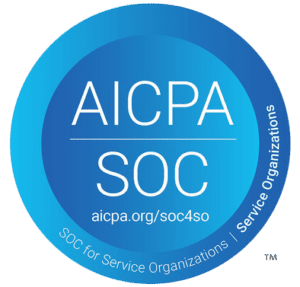The top advisors know that the best client relationships start with an excellent onboarding process. Not only will it help to retain the client with clear expectations, but it will set the stage for better and more frequent referrals.
The beginning of the advisor-client relationship is the time to make a good impression. Clients who receive better service notice and provide referrals while it is still at the top of their minds. This is important because referrals are essential for a thriving business. Consider these statistics:
· 92% of advisors state that their best source of new business is referrals from current clients.
· 70% of loyal millionaire clients are likely to refer their primary advisor.
· People are 400% more likely to become clients when referred by someone they know.
Since the onboarding process is so important for growing your business, how can you make it as great as possible? Here are the keys to a superior onboarding experience and a sample process to get you started.
1. Relationship Over Sales
Trust is paramount to any financial relationship. People will not recommend someone they do not trust. To create the trust, look towards building a relationship and understanding your client.
In order to create a relationships with a client, you need to understand them on a personal level. This is where surveys and questionnaires are critical to making sure you help them reach their goals and aspirations. Clients will come back and send referrals when they feel like you are an advisor that listens to them and takes their goals and aspirations into account.
In addition to feeling understood, transparency is key. Be sure to discuss any fees, challenges, etc. up front. They will be far more likely to trust you if you are willing to discuss sometimes-painful topics with them.
2. Make the Process Simple and Convenient
Explain terms that may seem otherwise obvious: they might be too timid to ask what financial terms mean. Make sure that you are as clear as possible with them in order to build their confidence in the decisions that they make.
In addition, keep the onboarding process simple for your clients. Avoid hours of frustration, or coming back to fill in incomplete or misunderstood information. Do not implement an onboarding process with too many steps.
3. Reduce Administrative Tasks
In the age of modern technology and robo-advisors, people still choose an advisor because they want a relationship and trust. Give your clients time to discuss their goals and aspirations by reducing as much as possible of the manual process associated with onboarding clients. Spend your time engaging with your clients and giving them a chance to have a say in their finances. You will be rewarded with stickier clients who will refer you to others in their community.
4. Consistent Contact
Consistency in onboarding sets the tone for the broader relationship. Part of that successful advisor-client relationship is consistent communication. If you give your clients the chance to contact you with the right tools, you will create a loyal client that can trust you with a referral.
Successful Onboarding Example
Here is an example of an onboarding process that is both simple and convenient for your client:
· Record basic client contact information.
· Receive signed contract from client.
· Send welcome email with access to client portal, paperwork needed and questionnaire.
· Set up meeting and prepare agenda based off of paperwork and questionnaire.
· Meet with client to go over information: financial snapshot, cash flow analysis, goal review, market review, total investment review.
· Discuss any actionable steps your client needs to take.
· Finishing meeting by scheduling next meeting.
· Send follow up email.
This is of course only one example, and you probably are using a process yourself today. This example allows your client to get all the information they need and consistent contact with you without being overloaded with information. Don’t be afraid to tailor yours to meet you and your particular client’s needs. Maybe you have a process but haven’t yet documented it. Spending the time to write it down may help you realize gaps or areas where you can improve.
Onboard for Success
Although your relationship with the client is just beginning, the onboarding experience sets the tone for the years to come and is the best time to get referrals to grow your business. Make the client feel confident with your service and most will be happy to send referrals your way.


